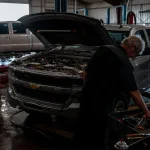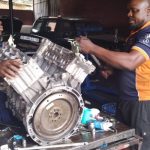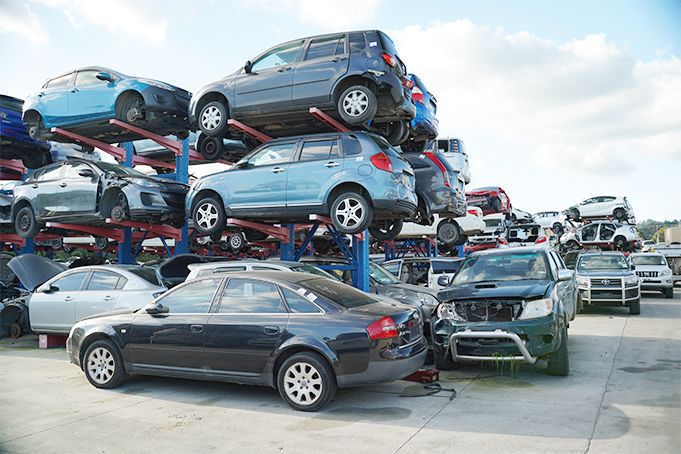Car taillights are vital for road safety, especially at night and in low-visibility conditions. While most drivers focus on bulbs and wiring, the outer housing of a taillight is equally important. The housing is the protective shell that shields internal components from moisture, dirt, and impact. When compromised, it can lead to a series of electrical and mechanical issues. Understanding the importance of housing integrity helps ensure your taillight system works reliably under all conditions.
The Role of Taillight Housing
The taillight housing acts as the first line of defense for the lighting system. Made from durable plastic or polycarbonate, it encases bulbs, reflectors, and circuitry. This enclosure prevents water, dust, and road debris from entering the unit. Without a sealed and intact housing, these elements can corrode internal components or cause electrical shorts. Additionally, the housing helps focus and direct the light properly, ensuring visibility to other drivers.
Common Causes of Housing Damage
Car taillight housings can be damaged by a variety of factors. Minor collisions or even lightly bumping into another object during parking can cause cracks or loosen the housing. UV exposure over time can also weaken the plastic, making it brittle and more prone to cracking. Poor-quality aftermarket replacements or incorrect installations may not offer the same durability as original manufacturer parts, further risking housing integrity.
Effects of a Compromised Housing
When taillight housing loses its seal or cracks, it opens the door to moisture intrusion and dust accumulation. Moisture inside the taillight can lead to condensation, which not only dims the light but can also corrode internal connections. This may cause intermittent lighting or total failure. Furthermore, a broken housing may allow dirt and grime to build up, clouding the lens and reducing visibility, which is a safety hazard and could lead to fines. Going for the Auto Repair in Englewood, CO based service in case of such repeated issues.
Inspection and Maintenance Tips
Routine inspection of your taillight housing is essential. Look for cracks, fogging, or signs of water inside the lens. If any part of the housing is loose or appears misaligned, it should be repaired or replaced immediately. During car washes, pay attention to water getting inside the taillight—this can indicate a compromised seal. Replacing broken housings with OEM (Original Equipment Manufacturer) parts ensures a proper fit and long-term durability.
Why Prompt Repairs Matter
Ignoring a damaged taillight housing can lead to expensive repairs down the line. Water damage may affect not just the light, but also the wiring and control modules connected to it. Addressing small cracks early can prevent larger failures and ensure your taillight continues to function as intended. Moreover, keeping your taillights in good condition preserves your car’s appearance and helps maintain its resale value.
Conclusion
Car taillight housing integrity is far more critical than it might appear. A sturdy, sealed housing keeps your taillight system safe from environmental damage and ensures consistent performance. Regular checks and timely repairs go a long way in preserving safety and avoiding unnecessary costs.


















